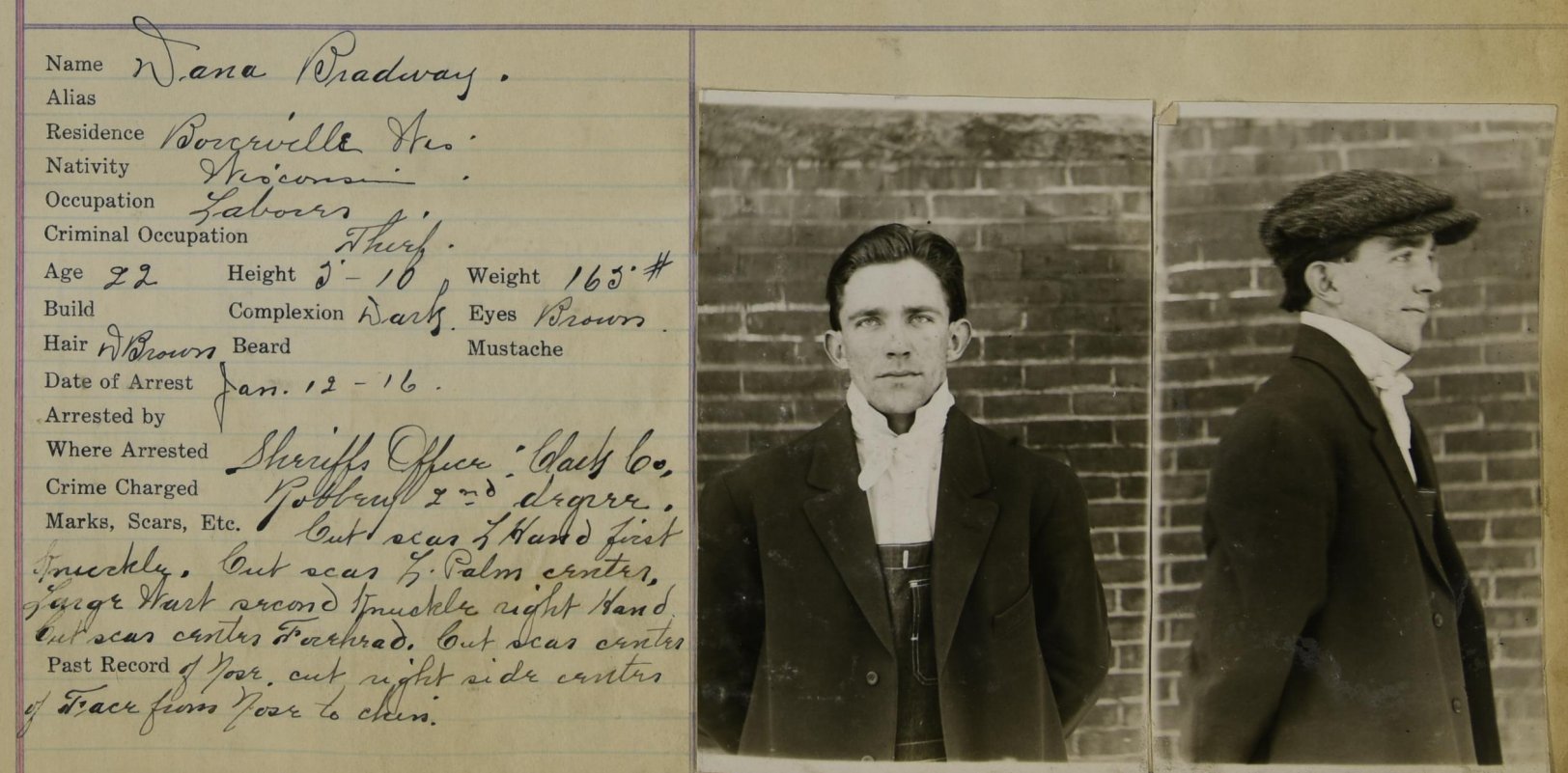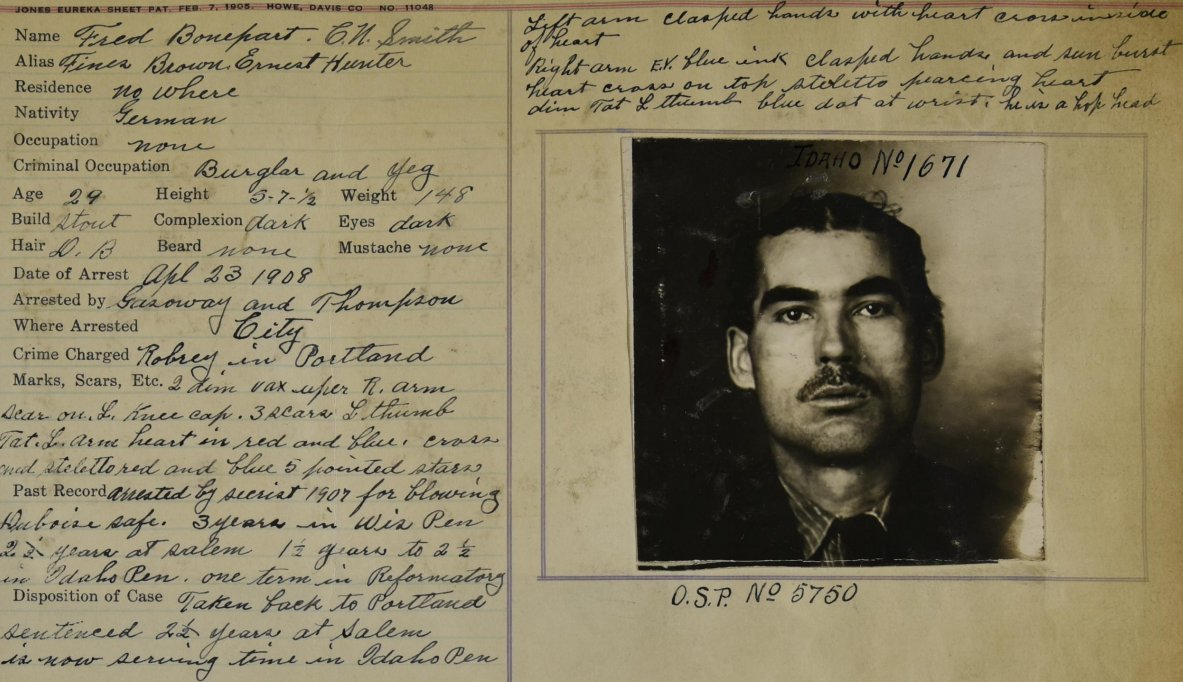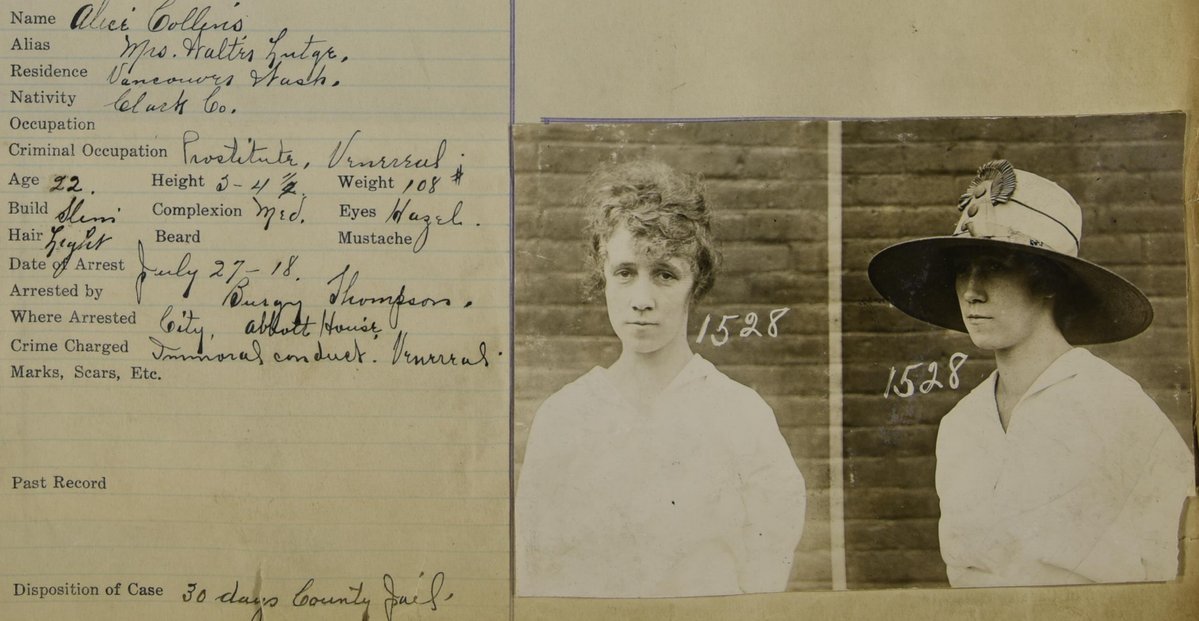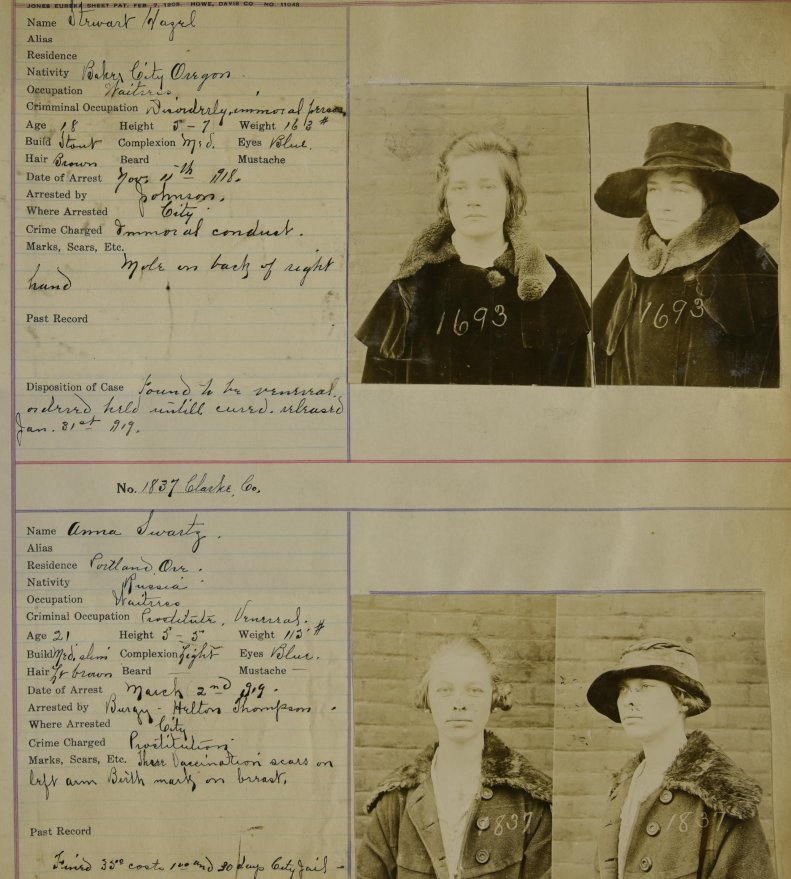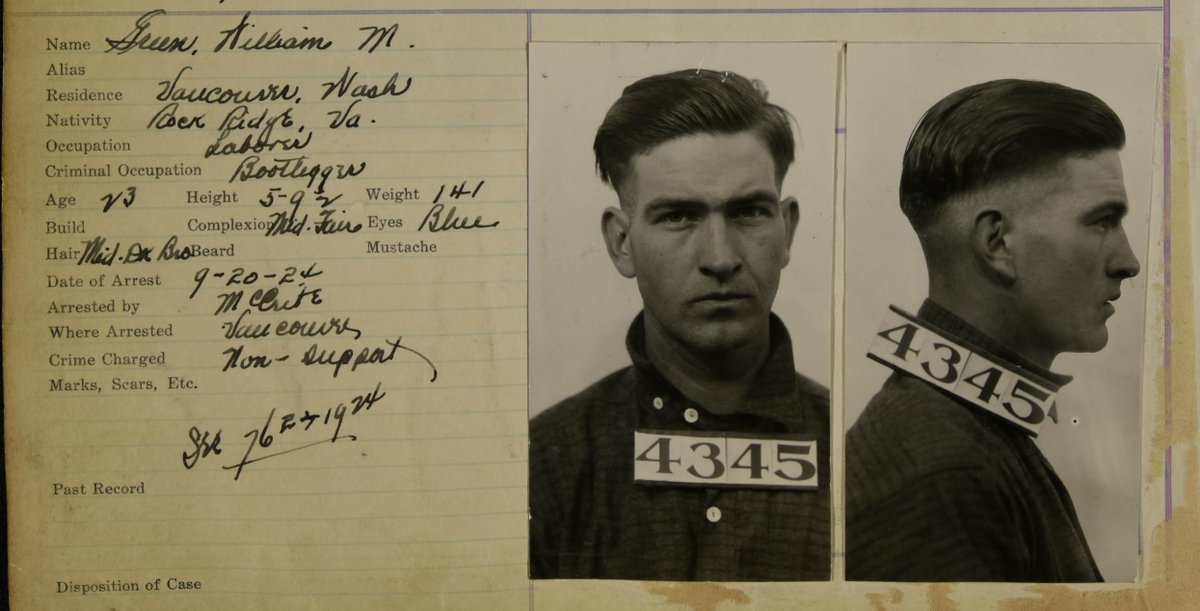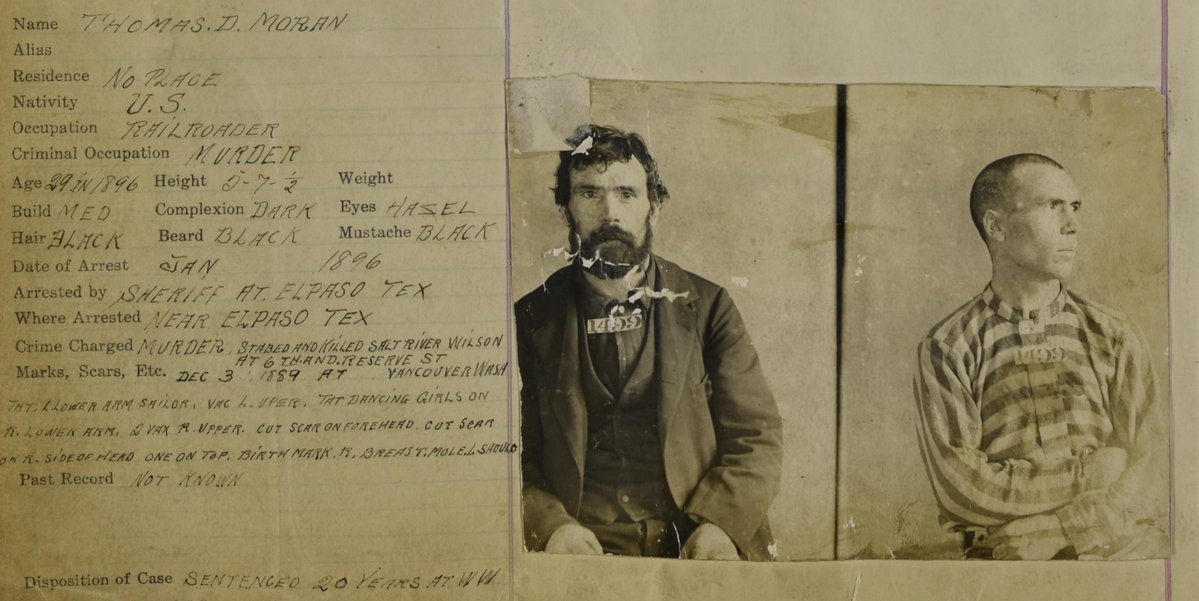 There used to be a great website about LGBTQ history in Spokane. I blogged about it. It included transcripts from dozens of oral interviews. It also had thematic excerpts from multiple histories, organized around topics like "coming out" and "nightlife." So when a researcher contacted me a few weeks ago asking about resources for LGBTQ history in Spokane, I knew exactly where to send her. But the site was gone.
There used to be a great website about LGBTQ history in Spokane. I blogged about it. It included transcripts from dozens of oral interviews. It also had thematic excerpts from multiple histories, organized around topics like "coming out" and "nightlife." So when a researcher contacted me a few weeks ago asking about resources for LGBTQ history in Spokane, I knew exactly where to send her. But the site was gone.High school teachers of northwest history used to have an excellent resource, an online course called Time Travelers. It had video lectures by a prominent northwest historian, thousands of maps and documents, interactive timelines, all manner of goodies. The most valuable part to me were the dozens of video oral histories from tribal elders and historians across the northwest, in which they talked about how their tribes fared during different periods of history. The site was built up over a decade or more by a dedicated team of scholars. Then it went away. The Internet Archive preserves only the top levels and little to none of the wonderful content.
It used to be that if you were interested in the atomic history of Hanford, Washington, there was an app for that. Stories of the Reach was a Curatescape site and smartphone app with dozens of interviews from experts and Hanford workers. But it does not exist anymore.
Collectively these projects represent thousands of hours of effort by dedicated, passionate scholars, and each was an irreplaceable resource. I discovered there absence, one after another, in a three week period, and it has me thinking about digital projects and sustainability. What can we do to future-proof our digital work?
I don't know. In the case of these three, I am in touch with the creators and trying to figure out how to restore them. But what other sites are disappearing? A couple of years ago, Google's long-abandoned Google News Archive became exponentially less useful when the search feature stopped working. It apparently is not coming back. The Internet Archive's Wayback Machine preserves some web pages, but not the streaming media or the search or other functionalities. We need to do better with sustainability.

